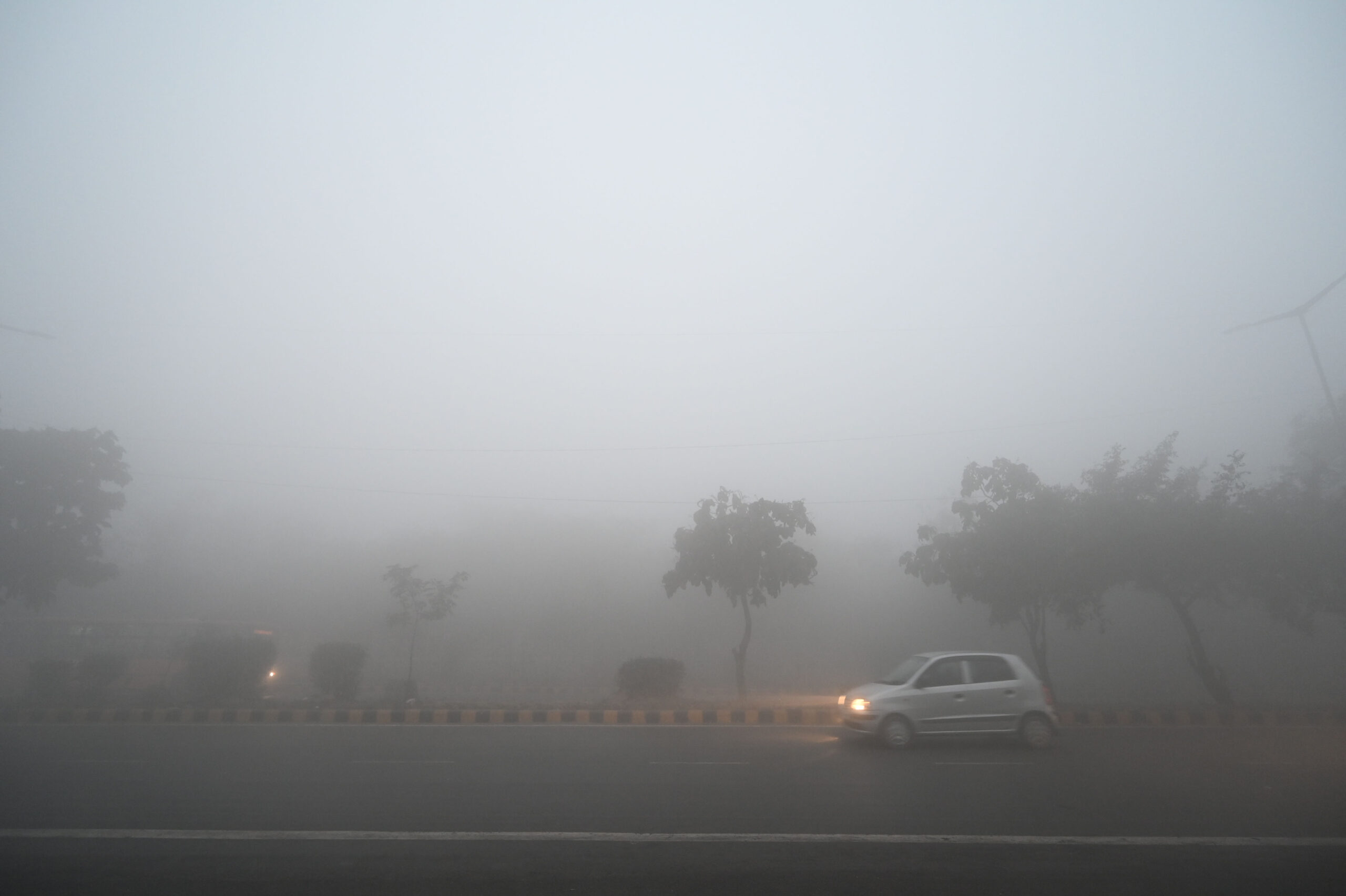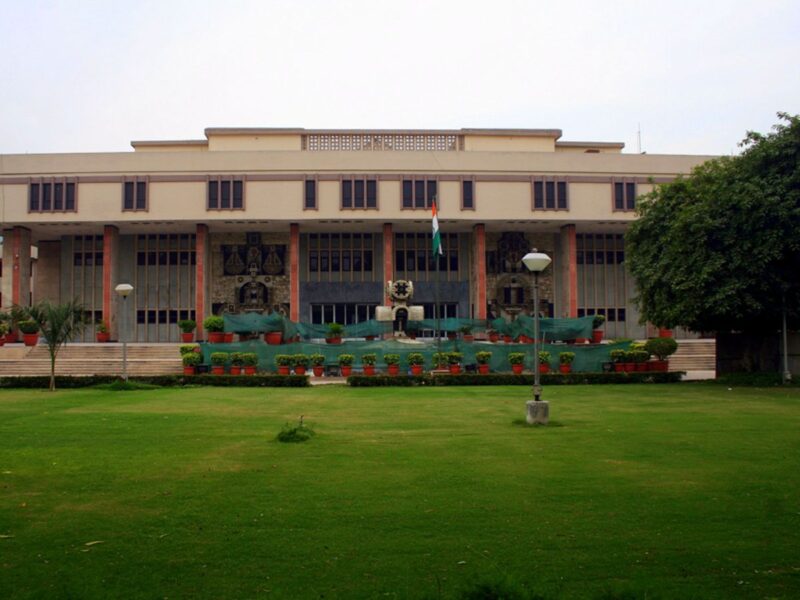The national capital on Wednesday morning found itself shrouded in a dense layer of fog, causing disruptions in both flight and train operations, as reported by officials.
The India Meteorological Department (IMD) predicts that the city is likely to experience light rain throughout the day.
At 6:30 am, Indira Gandhi Airport reported zero visibility due to the thick fog that had enveloped the area. This reduced visibility persisted until 9 am, leading to diversions of at least three flights at the Delhi airport.
Officials mentioned that the “very dense” fog caused delays in several trains.
According to the IMD, there is a possibility of light rain or thundershowers accompanied by gusty winds, with speeds reaching 30-40 kmph, expected towards the evening or night.
Weather fluctuations are anticipated to persist until February 3, attributed to a western disturbance, with further changes expected thereafter, according to a senior official.
On Wednesday, Delhi recorded a minimum temperature of 7.3 degrees Celsius, slightly below the seasonal average.
The average maximum temperature in Delhi for this month until January 30 was reported at 17.7 degrees Celsius, the lowest in 13 years, according to official data up to Tuesday. Additionally, the average minimum temperature during the same period stood at 6.2 degrees Celsius, the second lowest in 13 years.
Meanwhile, the Air Quality Index (AQI) recorded at 8 am was in the ‘very poor’ category with a reading of 370. An AQI between zero and 50 is considered ‘good’, 51 and 100 ‘satisfactory’, 101 and 200 ‘moderate’, 201 and 300 ‘poor’, 301 and 400 ‘very poor’, and 401 and 500 ‘severe’.
(With PTI inputs)





